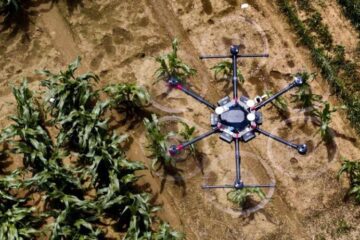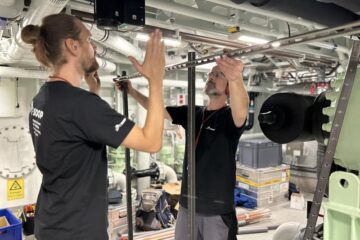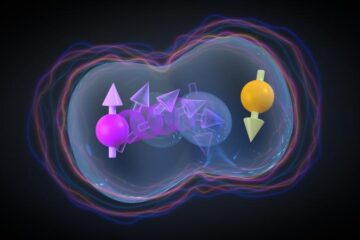Molecular circuit uncovered governing key cell-fate decisions

Critical missing links in a signaling-transcription cascade responsible for pivotal cell-fate decisions have been described for the first time in a paper in Cell. Identified through a combination of simulations and experiments, the links are part of circuit-like molecular control mechanisms for converting analog signals into binary responses central to the development of all cells.
The question of how identical cells develop into distinct cell types using the same signaling pathways is integral to our understanding of the cell life cycle. The mechanisms that determine cell fate decisions, leading cells with the same genes to distinct developmental outcomes, remain however poorly understood.
To study cell fate decisions, a research team headed by scientists at the RIKEN Research Center for Allergy and Immunology (RCAI) and the University College Dublin administered growth factors to MCF-7 breast cancer cells and analyzed responses in the extracellular regulated kinase 1/2 (ERK) cascade. Whereas one growth factor (epidermal growth factor or EGF) induces transient ERK activity leading to cell proliferation, the other (heregulin or HRG) induces ERK activity that is sustained, triggering cell differentiation. Connecting these analog ERK signaling patterns to their cell fates (proliferation/differentiation) is the phosphorylated transcription factor c-Fos, whose digital all-or-none expression acts as the output of the signaling system.
Comparing observational data with results of mathematical simulations, the researchers arrived at a “molecular circuit” model for c-Fos mediated cell differentiation composed of negative feedback loops, feed-forward loops and logical AND gates that reduce noise and generate stable output signals. The discovery of these simple circuit components, which are believed to govern differentiation across a variety of different cell types, provides fundamental insights into the underlying logic of cell-fate decision processes, opening the door to applications in areas such as regenerative medicine.
For more information, please contact:
Dr. Mariko Okada-Hatakeyama
Laboratory for Cellular Systems Modeling
RIKEN Research Center for Allergy and Immunology (RCAI)
Tel: +81-(0)45-503-9104 / Fax: +81-(0)45-503-9613
Ms. Tomoko Ikawa (PI officer)
Global Relations Office
RIKEN
Tel: +81-(0)48-462-1225 / Fax: +81-(0)48-462-4715
Email: koho@riken.jp
Media Contact
All latest news from the category: Life Sciences and Chemistry
Articles and reports from the Life Sciences and chemistry area deal with applied and basic research into modern biology, chemistry and human medicine.
Valuable information can be found on a range of life sciences fields including bacteriology, biochemistry, bionics, bioinformatics, biophysics, biotechnology, genetics, geobotany, human biology, marine biology, microbiology, molecular biology, cellular biology, zoology, bioinorganic chemistry, microchemistry and environmental chemistry.
Newest articles

AI to Make Crop Production More Sustainable
Drones monitoring fields for weeds and robots targeting and treating crop diseases may sound like science fiction but is actually happening already, at least on some experimental farms. Researchers from…

Cruise Ship as Data Collector
New Approaches in Ocean Observation… Scientific research – not only confined to dedicated research vessels but also from non-scientific vessels and marine infrastructures. This is one of the ideas promoted…

Experiment opens door for millions of qubits on one chip
Researchers from the University of Basel and the NCCR SPIN have achieved the first controllable interaction between two hole spin qubits in a conventional silicon transistor. The breakthrough opens up…





















